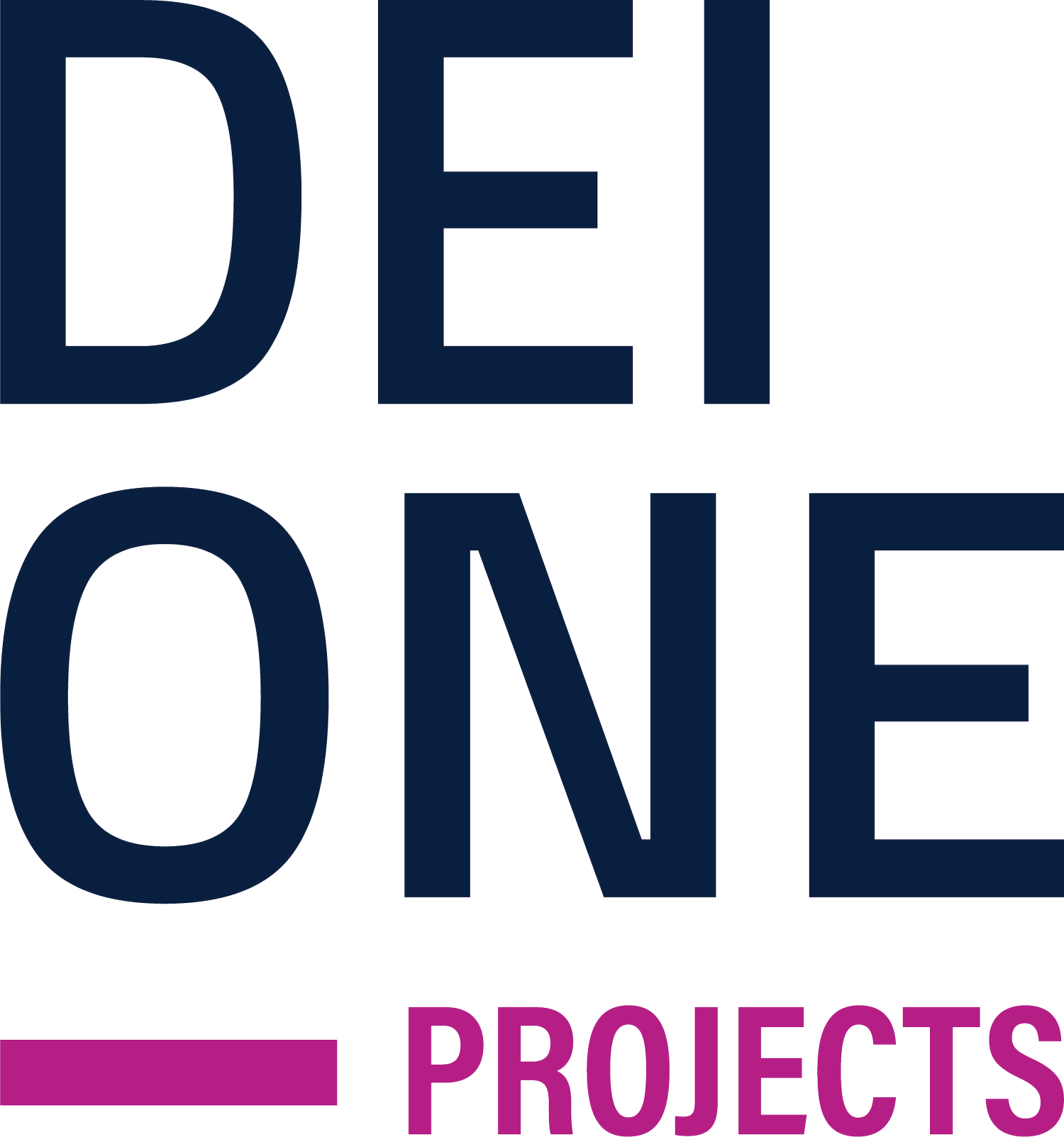Compliant Construction: Navigating Regulatory Compliance
Navigating regulatory compliance is a crucial aspect of fit-out construction projects. From building codes to environmental regulations, there are numerous requirements that must be met to ensure the safety, legality, and sustainability of the project. Let's explore some key considerations for navigating regulatory compliance in fit-out construction:
Understanding Regulatory Requirements: The first step in navigating regulatory compliance is to understand the specific requirements that apply to the project. This includes familiarizing yourself with local building codes, zoning regulations, environmental laws, and any other relevant regulations that may impact the construction process.
Engaging with Regulatory Authorities: Building a positive relationship with regulatory authorities is essential for navigating compliance effectively. Engage with local authorities early in the planning process to seek guidance, clarify requirements, and address any concerns or questions they may have about the project.
Hiring Qualified Professionals: Compliance with complex regulations often requires specialized knowledge and expertise. Hire qualified professionals, such as architects, engineers, and environmental consultants, who have experience navigating regulatory requirements in fit-out construction projects. Their expertise can help ensure that the project meets all necessary standards and regulations.
Conducting Thorough Due Diligence: Conducting thorough due diligence is essential for identifying and addressing potential compliance issues before they become problems. This includes conducting site assessments, environmental impact studies, and feasibility analyses to identify any regulatory hurdles that may need to be addressed during the construction process.
Implementing Best Practices: Implementing best practices for regulatory compliance can help streamline the construction process and minimize the risk of non-compliance. This includes maintaining accurate documentation, adhering to project timelines, and proactively addressing any compliance issues that arise during the construction process.
Adapting to Changing Regulations: Regulatory requirements are subject to change, so it's important to stay informed about any updates or revisions that may impact the project. Stay up-to-date with changes in regulations, codes, and industry standards, and be prepared to adapt the project plans accordingly to ensure continued compliance.
Prioritizing Safety and Sustainability: Compliance with regulatory requirements is not only a legal obligation but also a moral and ethical responsibility. Prioritize safety, sustainability, and environmental stewardship in fit-out construction projects to ensure the health and well-being of occupants and minimize the project's impact on the environment.
Navigating regulatory compliance is a critical aspect of fit-out construction projects. By understanding regulatory requirements, engaging with regulatory authorities, hiring qualified professionals, conducting thorough due diligence, implementing best practices, adapting to changing regulations, and prioritizing safety and sustainability, construction professionals can ensure that their projects meet all necessary standards and regulations. By proactively addressing compliance issues, construction projects can proceed smoothly and successfully, while minimizing the risk of legal, financial, and reputational consequences.
